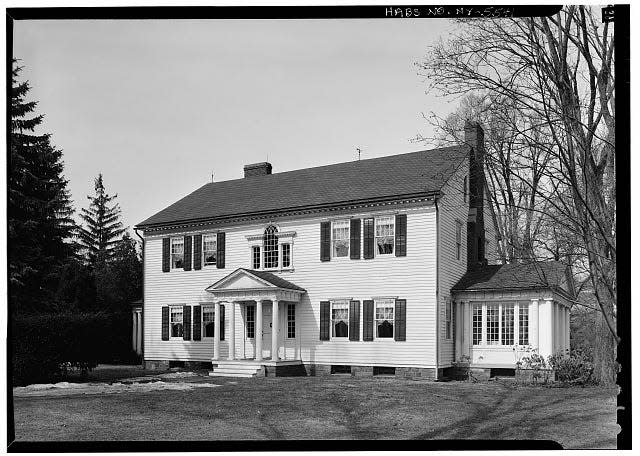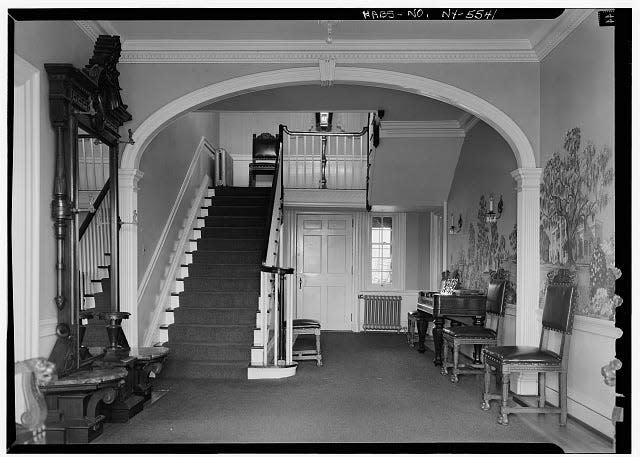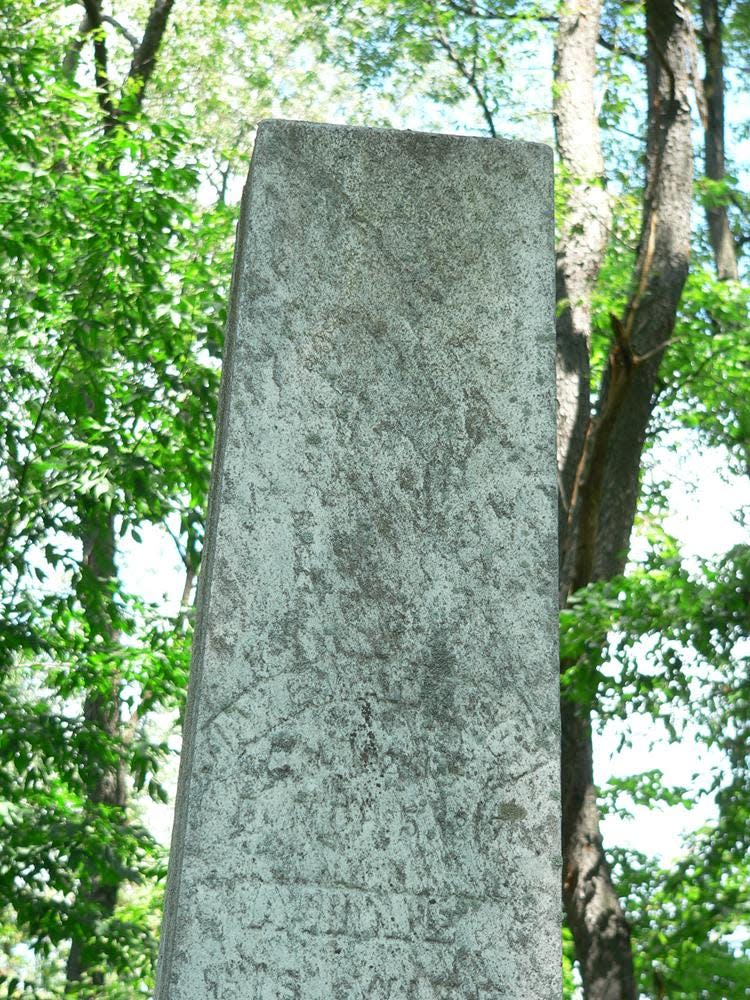He built the oldest home in Broome County: Who was Amos Patterson?
There is a home located at the end of River Road in the Town of Union which stands today as the oldest structure in Broome County. Built in 1799, Washingtonian Hall stands today as a fine example of federal style that is held together without the use of nails (except for the 1920s kitchen addition) and has withstood numerous floods and has overseen the march of time for more than two centuries.
Today we call it Washingtonian Hall, named for the temperance society that occupied the structure in the 1840s when John Sayer was the owner of the home and allowed the home to be used for meetings of the Washingtonians, the temperance group. However, and, more importantly, the house is known as the Amos Patterson house. But, who, was Amos Patterson? Some may be aware of the Amos Patterson Museum now in the process of opening on the remaining outbuilding on the property of George F. Johnson in Endicott. The question remains – who was Amos Patterson?

Amos Patterson was born in 1748 in Watertown, Massachusetts. A bad accident while riding his horse left him with a damaged leg, but it did not stop him from having a full life. He moved to Berkshire County in that state with his father. Patterson married Anne Williams in 1775, and during the Revolutionary War, he served three times with his state’s militia. He was at White Plains on October 1776, and with several other men, stole British horses to get back to the American troops.
When the war was complete, Patterson was one of the first settlers in western Massachusetts to form a group of “proprietors” of the Boston Purchase, also called the Boston Ten Towns. The original group of 11 investors grew to sixty in 1786 with the Treaty of Hartford that settled a border dispute between New York and Massachusetts and provided 230,400 acres for settlement to these investors in New York as part of that settlement.
More:5 things you might not know about the former IBM Country Club as demo draws near

Patterson purchased his tract of land and arrived in 1786, spending some months each year until 1791 to clear land for a farm along the north side of the Susquehanna River and located in the Town of Union. Finally, in March 1793, he went back to Richmond, Massachusetts, and gathered his family for the long 13-day trek to his new home. It was an arduous journey through the winter season, but they arrived at the new farm (near the present-day Home Depot in Johnson City).
It would not be his final stop, though. The farm provided food and means to live, as he worked to have his large home built to the west of the farm, on, what is now River Road in the Town of Union. This 4,000-square-foot federal style home was an impressive structure in the wilderness and spoke of the importance that Amos Patterson played in the development of this new frontier.
Real estate:Homes, apartments, commercial property: Most expensive sales in Binghamton in 2022
COVID:He believes a COVID vaccine caused his searing pain. Now, he's on a quest for answers.

Built in 1799, the family moved to the new home in 1800. In 1806, when Broome County was split off from Tioga County, Amos Patterson became one of the first judges of the newly formed community. He would serve in that capacity until 1813. His farm contained orchards for the making of apple cider and livestock. Anne Patterson died in 1815, while Amos Patterson died on March 5, 1817 and both were buried in the large Patterson family plot located on a rear corner of the original tract of land.
The beautiful home remained in the family hands for a time, while daughter Martha Patterson lived in the abode. By the 1830s, though, the home was sold to John Sayer and through its existence served as a boarding house, inn, and residence. Some of the Patterson’s original furnishings were sold, including one large fireplace mantel purchased by Foster Dissinger in the 1920s and now in the collection of the Broome County Historical Society.
It was an impressive life for the man from Massachusetts, a pioneer and investor who saw opportunity in the Susquehanna River valley in the 1780s. A farmer, jurist and many other roles in the fledgling community, whose home is now on the National Register of Historic Places and still stands two centuries later.
Gerald Smith is a former Broome County historian. Email him at historysmiths@stny.rr.com.
This article originally appeared on Binghamton Press & Sun-Bulletin: Broome County history: Who was Amos Patterson and where was his home?

